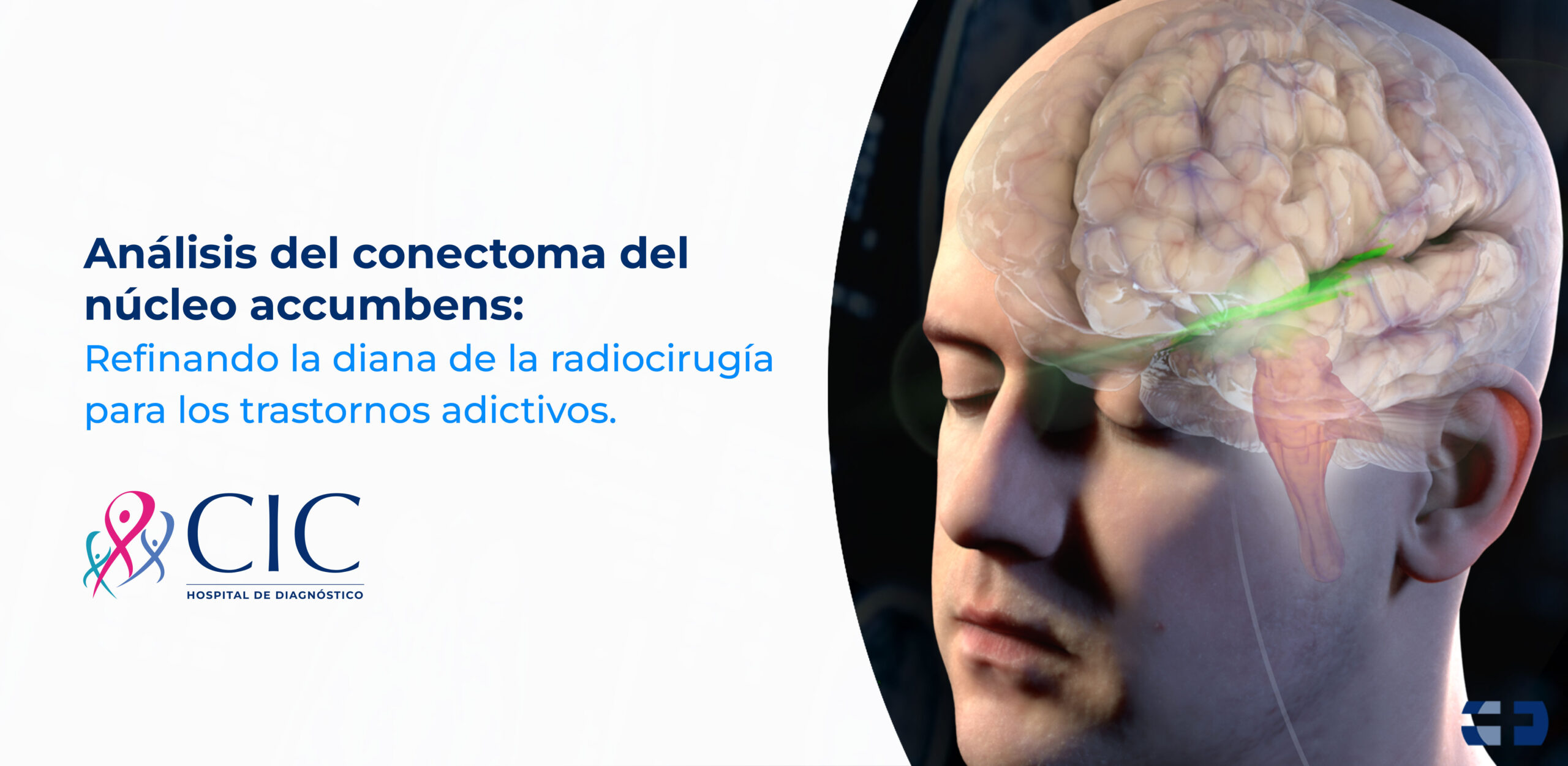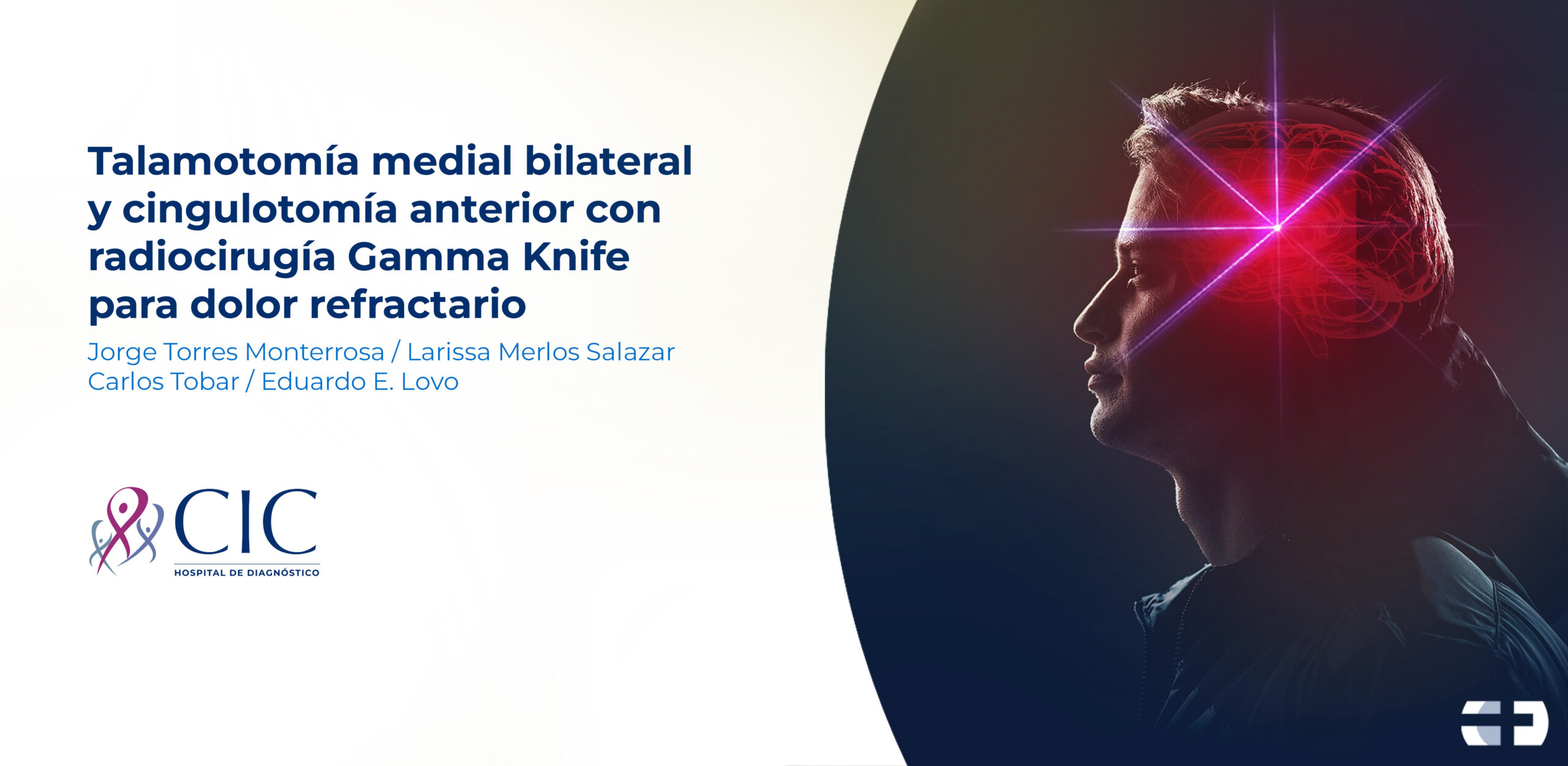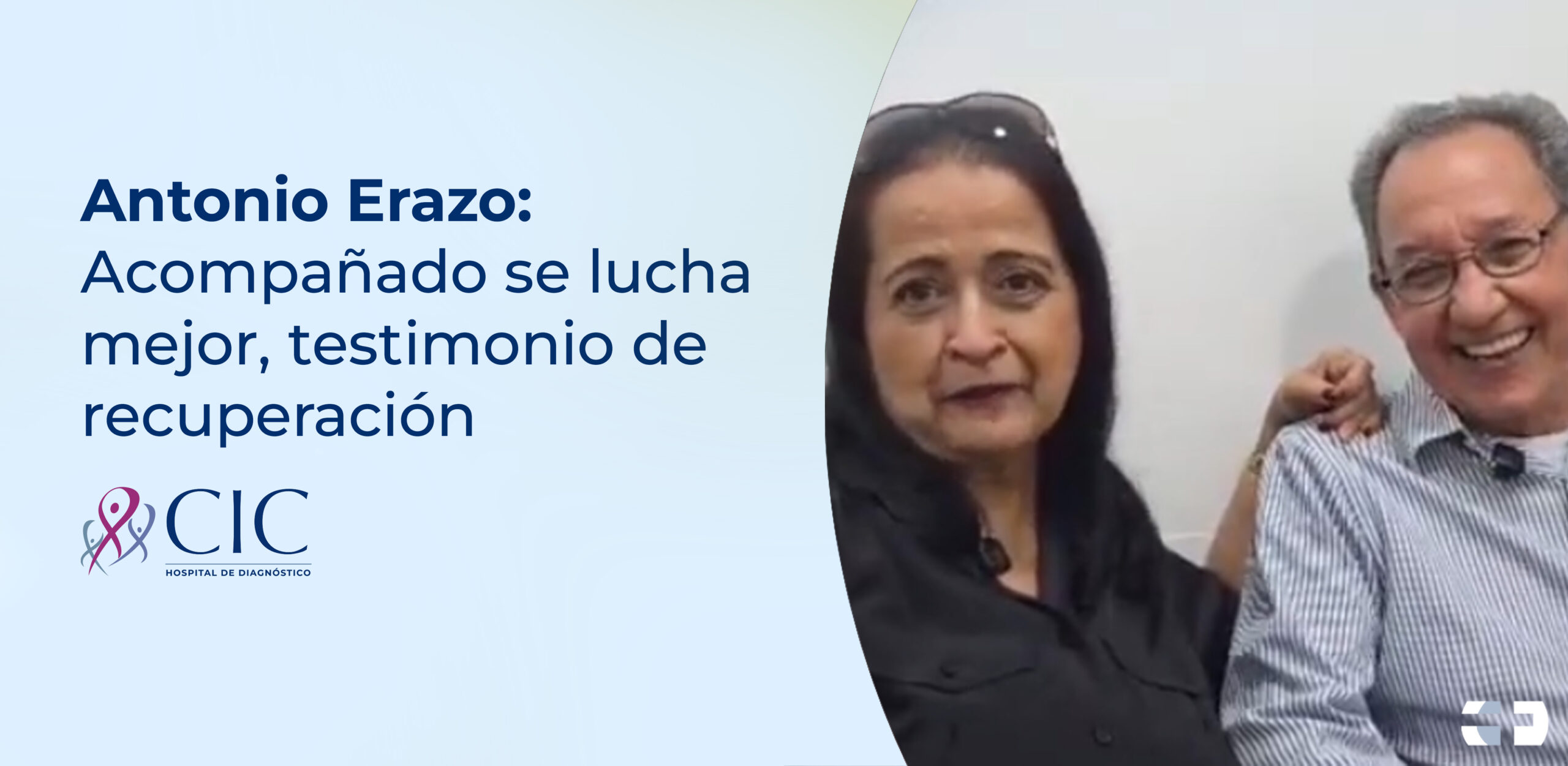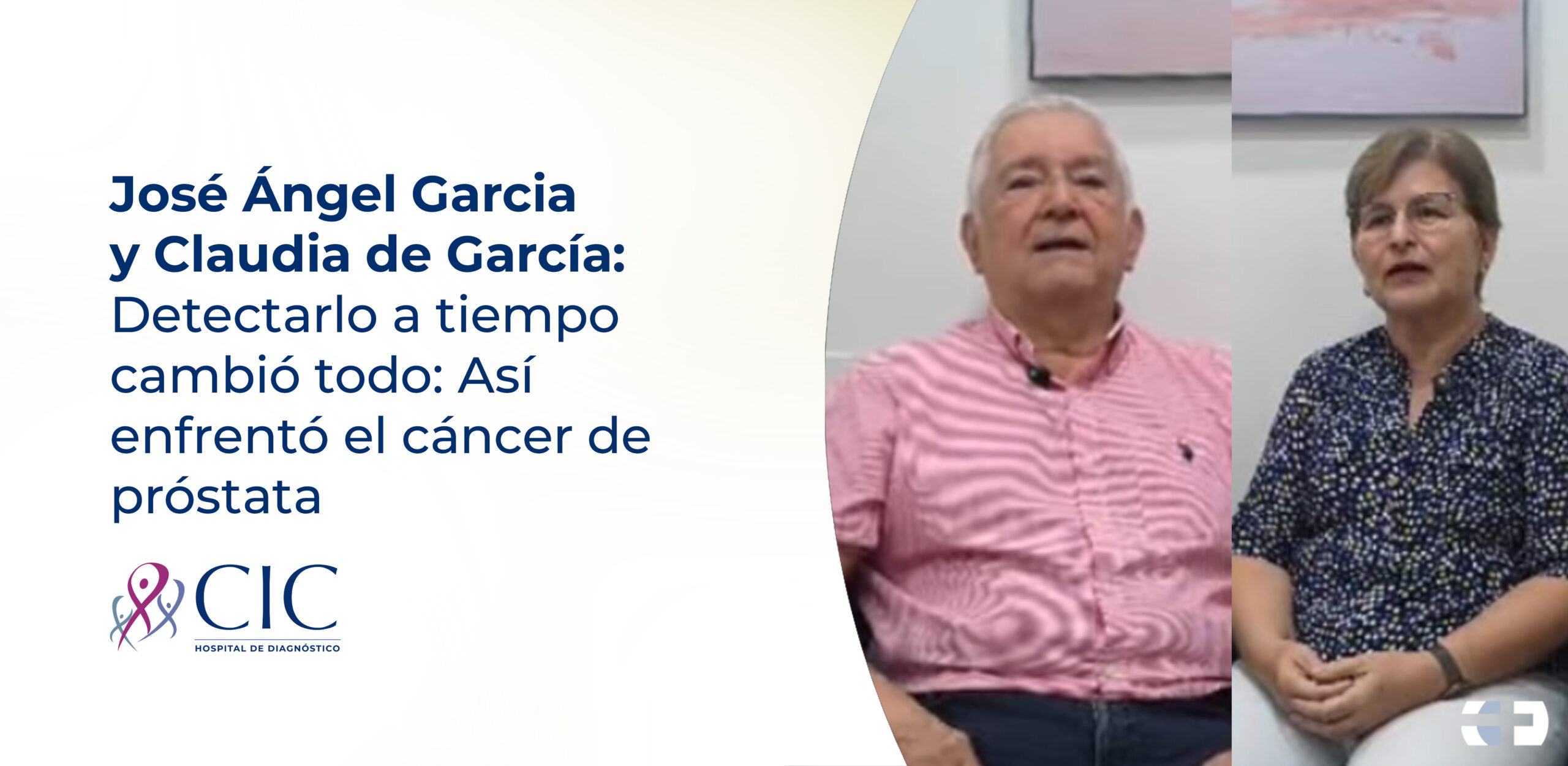Abstract
Objectives: Patients with trigeminal neuralgia (TN) experience concomitant continuous pain (CCP) that can be difficult to treat. A dual-target approach delivering a high dose of radiation to the nerve and the contralateral thalamus can develop a fast radiomodulation effect on lowering pain. We sought to determine if this effect was dose dependent.
Methods: We retrospectively reviewed 21 patients treated with radiosurgery in CCP and severe TN pain, with a visual analog scale (VAS) score of nine out of 10 at the time of treatment. Ten patients were treated with a high dose (>120 Gy) in the thalamus 90 Gy to the nerve, and the rest with a low dose (<120 Gy) to the thalamus and >90 Gy to the nerve.
Results: Of those who received the high dose to the thalamus, six patients (60%) received 140 Gy, and four (40%) received 120 Gy, with a median dose to the trigeminal nerve of 90 and 85 Gy, respectively. The high thalamus dose showed a radiomodulation effect from day 1. The low thalamus dose did not produce radiomodulation on any of the first four days. The percentage of VAS score reduction one month after treatment was higher in the high-thalamus dose group than in the low-thalamus dose group. At three months, VAS score was 2 in the high-dose group and 4 in the low-dose group.
Conclusions: The radiomodulation effect in pain and dual-target radiosurgery is dose dependent in CCP in TN; a high dose can provide a more consistent clinical result than a lower dose.







